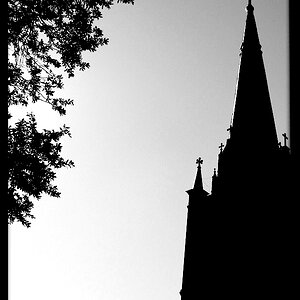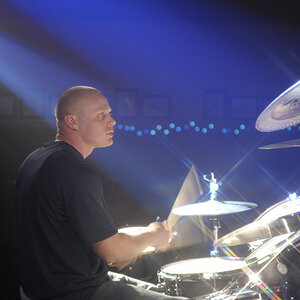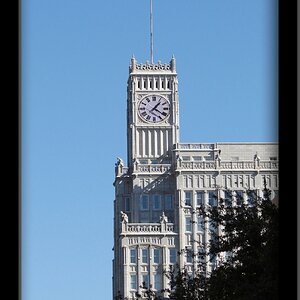ryankam
TPF Noob!
- Joined
- Jan 11, 2008
- Messages
- 16
- Reaction score
- 0
- Can others edit my Photos
- Photos OK to edit
Hi, what does ISO do and stand for?
I know the higher the ISO the sharper your shots are... I think? and theres something about theres extra noise when you turn your ISO up? How exactly does this work and when would you recommend using high ISO instead of AUTO mode?
ryan
I know the higher the ISO the sharper your shots are... I think? and theres something about theres extra noise when you turn your ISO up? How exactly does this work and when would you recommend using high ISO instead of AUTO mode?
ryan



![[No title]](/data/xfmg/thumbnail/41/41797-ed370d68dae70f5b0a7252ec2d525912.jpg?1619739896)

![[No title]](/data/xfmg/thumbnail/40/40311-715dda8167abb793178d6abf7e8136fe.jpg?1619739414)


![[No title]](/data/xfmg/thumbnail/37/37101-cf094d75976427b415711e9c9955c8a3.jpg?1619737881)

![[No title]](/data/xfmg/thumbnail/37/37097-8fae54adbc44059a8189fcf5e7bb8f76.jpg?1619737881)


